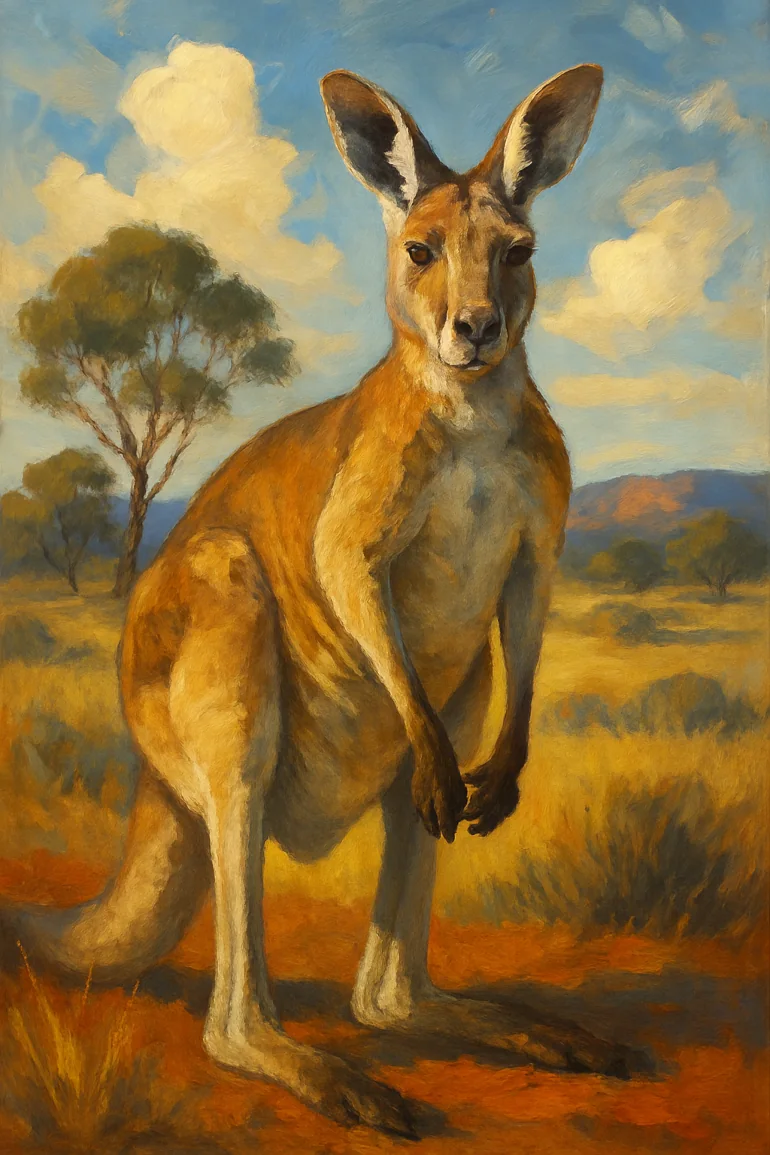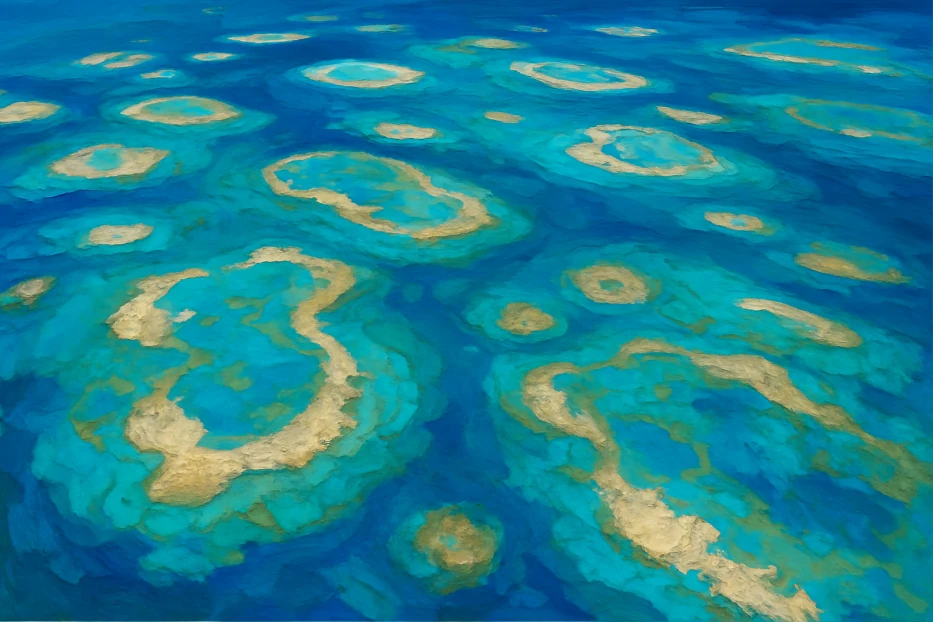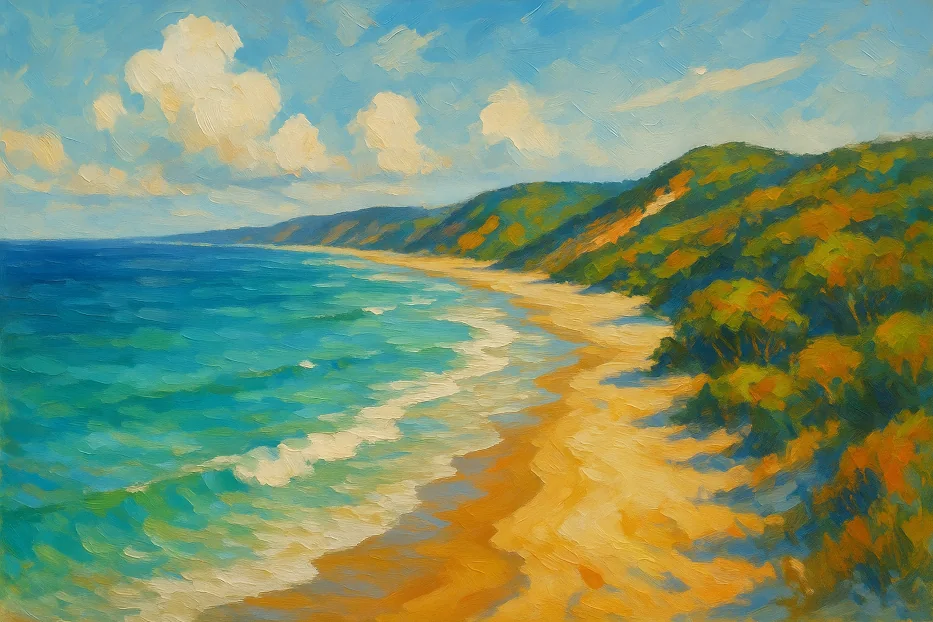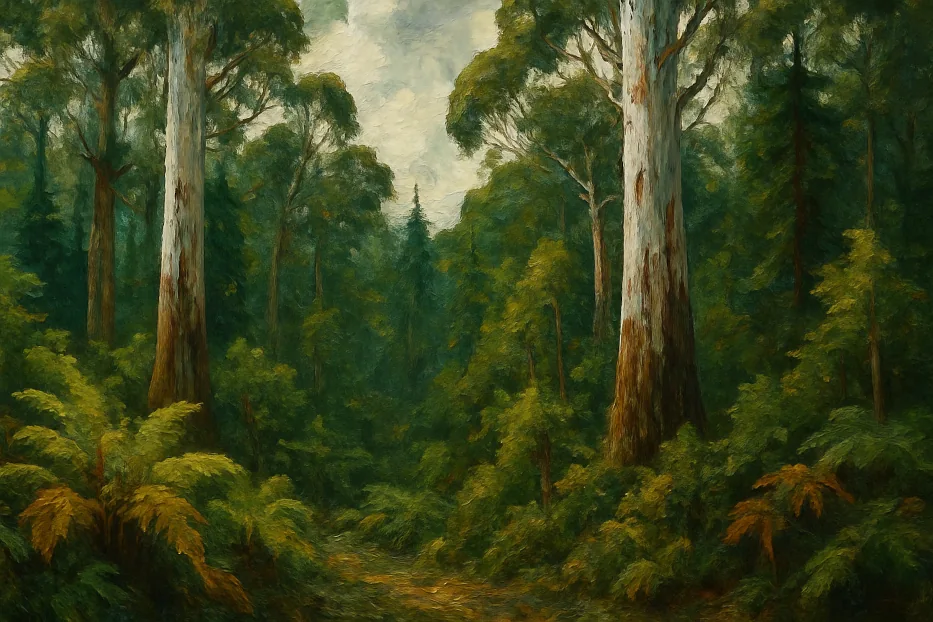The islands of Australia are some of the world’s most diverse and breathtaking natural wonders. While many associate Australia with deserts and reefs.
But far fewer realize that the land down under is surrounded by thousands of islands, each one adding to the country’s breathtaking biodiversity and rich cultural history.
According to the Australian Department of Climate Change, Energy, the Environment, and Water, Australia has 8,222 islands off its coasts. From massive islands like Tasmania, a state of its own, to the tiny, uninhabited coral cays that dot the coasts, the Australian islands cover many geographies, climates, and ecosystems.
Each plays a role in Australia’s incredible natural tapestry, offering a unique blend of isolation, conservation challenges, and hidden beauty that can’t be found anywhere else on Earth.
Table of Contents
Top Islands of Australia by Size and Natural Beauty
The islands of Australia are not only beautiful, they vary dramatically in size, character, and ecological significance, with some of the most famous being natural icons in their own right. The largest is Tasmania, a vast, rugged island state south of the mainland.
Among the most visited islands of Australia is Tasmania, known for its dramatic coastlines, dense forests, and alpine landscapes. It is home to unique species like the Tasmanian devil and ancient plants that have thrived for millennia.
Its national parks and reserves cover about 40% of the island, making Tasmania a haven for hikers, conservationists, and those looking to immerse themselves in one of Australia’s most untouched landscapes.
Next in prominence is Kangaroo Island, an ecological gem off South Australia’s coast. This island is celebrated for its biodiversity, with isolation allowing endemic species to flourish. Kangaroo Island hosts an array of native wildlife, from the short-beaked echidna to the endangered glossy black cockatoo, along with an impressive Australian sea lion colony. The island’s conservation efforts, especially after recent wildfires, focus on preserving these rare habitats and rebuilding ecosystems.

To the north lies Fraser Island (also known by its Indigenous name, K’gari), the largest sand island in the world and a UNESCO World Heritage Site. Known for its crystalline freshwater lakes, such as Lake McKenzie, and ancient rainforests that grow directly from the sand, Fraser Island is an extraordinary natural landscape.
Ecotourism is central here, as visitors are drawn to the island’s golden beaches, its population of purebred dingoes, and rare flora and fauna found nowhere else on Earth. However, the island faces pressures from both tourism and environmental challenges, including the impacts of severe wildfires in recent years.
Finally, no exploration of Australia’s most famous islands would be complete without mentioning the Great Barrier Reef’s numerous coral cays and islands. Stretching along Queensland’s coast, the reef is the world’s largest coral ecosystem and a UNESCO World Heritage Site. Its islands, from tropical Green Island to the coral-studded Whitsunday Islands, host unparalleled marine biodiversity, including vibrant coral formations, sea turtles, and hundreds of fish species.

The Great Barrier Reef’s islands not only attract millions of snorkelers and divers each year but also face urgent conservation challenges due to climate change, coral bleaching, and rising sea temperatures.
Cultural Significance: The Islands of Australia as Sacred Lands
Australia’s islands encompass a wealth of cultural heritage for Indigenous communities, who have lived on and cared for these lands for thousands of years.
The Tiwi Islands, north of Darwin, are home to the Tiwi people, who maintain a rich cultural identity through unique language, art, and spiritual traditions. The islands’ landscapes and seascapes are woven into Tiwi ceremonies, connecting them deeply to their ancestors and the natural world around them.
In the Gulf of Carpentaria, the Wellesley Islands hold sacred significance for the Lardil, Yangkaal, Ganggalida, and Kaiadilt peoples. These islands are not just homes but spiritual entities, reflected in traditional ecological knowledge that guides seasonal fishing, hunting, and land care practices.
Further west, there is one of the hidden islands of Australia, Dirk Hartog Island, sacred to the Malgana people, who honor the island’s unique rock formations and freshwater springs as manifestations of ancestral spirits. In the Torres Strait, Badu Island is known for its ancient stone fish traps and rock carvings, evidence of the Badu people’s profound relationship with the island’s resources and marine environment.
Through ceremonies, sustainable land management, and conservation initiatives, Indigenous Australians continue to protect and preserve these culturally sacred islands, safeguarding their legacies for future generations.
Why Does Australia Have So Many Islands?
The continent’s unique geological history has shaped its many islands. Over millions of years, volcanic activity, tectonic shifts, and rising and falling sea levels contributed to the formation of the islands of Australia. From coral atolls to granite outcrops, each island’s ecosystem is shaped by its natural environment.
Planning an Island Adventure
With so many islands in Australia to choose from, here are some tips to help you decide:
- For Beach Relaxation: Head to the Whitsundays or Lord Howe Island.
- For Wildlife Enthusiasts: Try Christmas Island or Maria Island.
- For Culture and Heritage: The Torres Strait Islands offer an incredible cultural experience.
- For Adventure and Solitude: Bruny Island and King Island in Tasmania are perfect for a mix of wilderness and local flavors.


